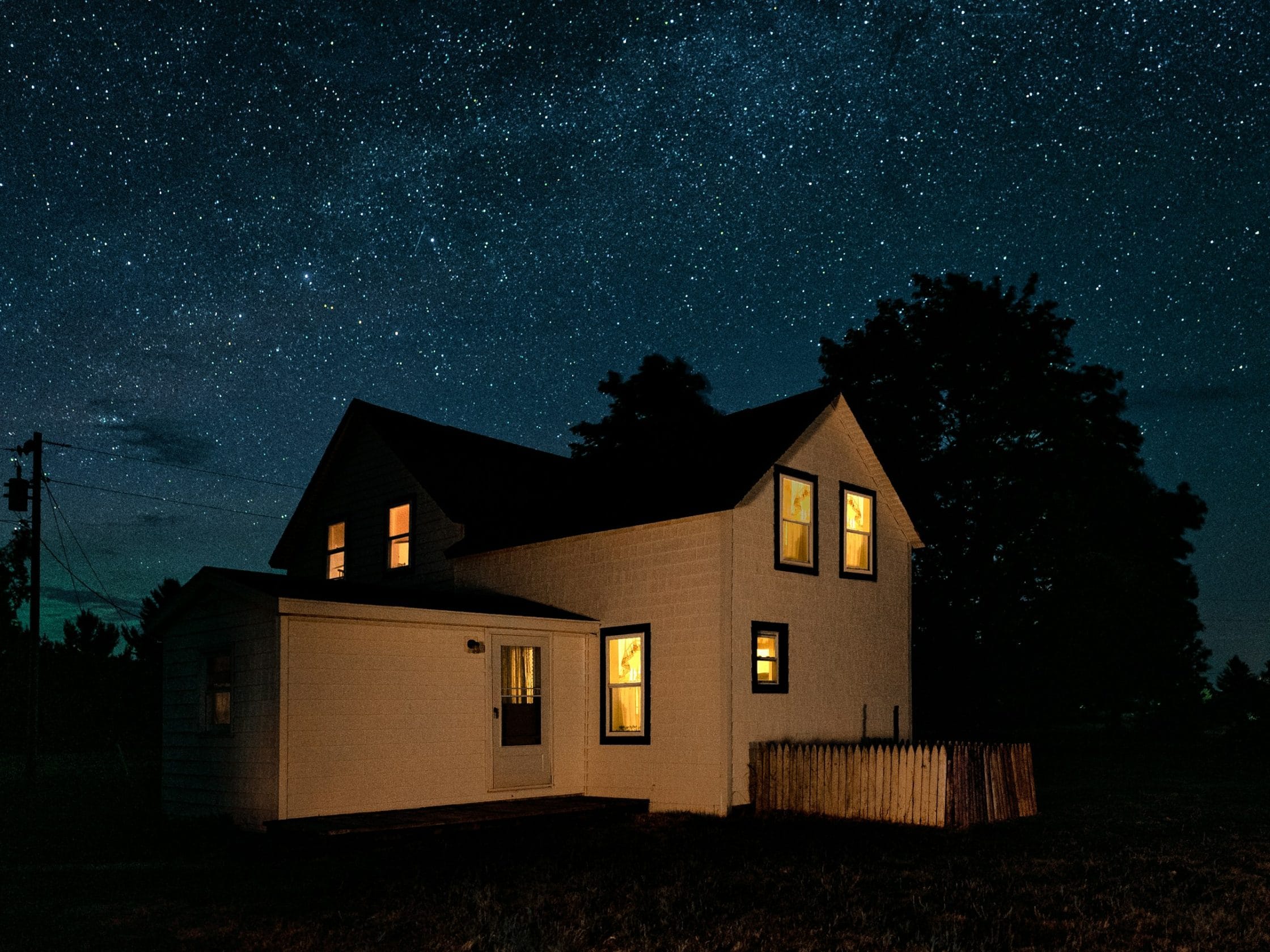Have you ever woken up from a dream and thought, Where on earth was that? Maybe you were wandering through a city with impossible architecture, standing in a vast, crumbling mansion, or gazing at a sky with colours no one’s ever named. It felt real — you knew your way around, you knew the people — and yet, it doesn’t exist.
If that sounds familiar, you’re not alone. Dreaming of places that don’t exist is one of the most oddly universal dream experiences we have. But why does it happen? And what does it say about us? Let’s explore this curious corner of the sleeping mind.
Your Brain: A Night-Time World-Builder
When you sleep, your brain isn’t switching off — it’s busy. In fact, it’s piecing together memories, emotions, sensory fragments, and wild imagination to create the scenery of your dreams. According to the American Academy of Sleep Medicine, dreams often reflect a mix of recent experiences, stored memories, and unconscious thoughts — which might explain why the settings in our dreams are so peculiar and inconsistent.
Your brain essentially acts like a surreal set designer, stitching together places you’ve seen, read about, or imagined into something completely new. A beach from a long-forgotten family holiday might merge with a fictional castle from a novel you read years ago, and your subconscious simply fills in the blanks.
Is There Meaning Behind These Imaginary Places?
That’s the question most of us wonder. Do these unreal dreamscapes hold some hidden message? Sometimes, yes.
Psychologists suggest that the setting of a dream can reveal emotional undercurrents in your waking life. An unfamiliar house might symbolise unexplored aspects of your personality, while a chaotic, shifting city could reflect anxiety or stress. A study published in Psychology Today points out that dream locations often carry symbolic associations linked to the dreamer’s current emotional state, even if the place itself is entirely fictional.
In short: while the places aren’t real, the emotions they stir up certainly are.
Why Do Some Non-Existent Places Feel So Familiar?
One of the strangest aspects of these imaginary places is how familiar they feel — as though you’ve been there before, or somehow know them deeply. Even if you’ve never seen them in waking life, in the dream you navigate them with ease.
This is down to what psychologists call false familiarity. The sleeping brain has an incredible knack for creating a sense of belonging and coherence in dream settings, even when those places have only just been invented on the spot. The logic centres of your brain aren’t fully switched on during REM sleep, which means you’re less likely to question oddities like a street made of water or a house that floats.
Could It Be More Than Imagination?
If you lean towards the metaphysical, there’s another theory worth mentioning. Some dream researchers and lucid dreamers propose that these otherworldly dream settings could be part of a collective unconscious, or perhaps alternate realities accessed in sleep. While mainstream science remains sceptical, communities of lucid dreamers often share stories of recurring imaginary locations visited by multiple dreamers.
Harvard Medical School’s Division of Sleep Medicine acknowledges that while dreams remain scientifically mysterious in many respects, they often provide insights into the subconscious mind’s creative problem-solving and memory processing abilities — so while it’s unlikely you’re visiting a parallel universe, the landscapes you create in sleep can reveal deeper truths about yourself.
Can You Influence These Dream Locations?
To some extent, yes. People who practice lucid dreaming — becoming aware that they’re dreaming while still asleep — often report being able to shape the setting of their dreams. With practice, it’s possible to revisit certain places or intentionally alter their features.
If you’re curious about exploring those landscapes more consciously, keeping a dream journal can help improve your dream recall and track recurring places or themes. I’ve written a guide on how to improve dream recall and another on how to lucid dream if you fancy giving it a go.
Final Thoughts: A Private Universe in Your Mind
Dreaming of places that don’t exist is a beautiful reminder of the mind’s creativity. These strange landscapes, cities in the clouds, and endless forests aren’t just random nonsense — they’re expressions of your memories, emotions, and imagination, uniquely stitched together in the language of dreams.
So next time you find yourself in an impossible, unfamiliar place while you sleep, don’t dismiss it. It might be a window into a part of yourself you haven’t fully explored yet.



